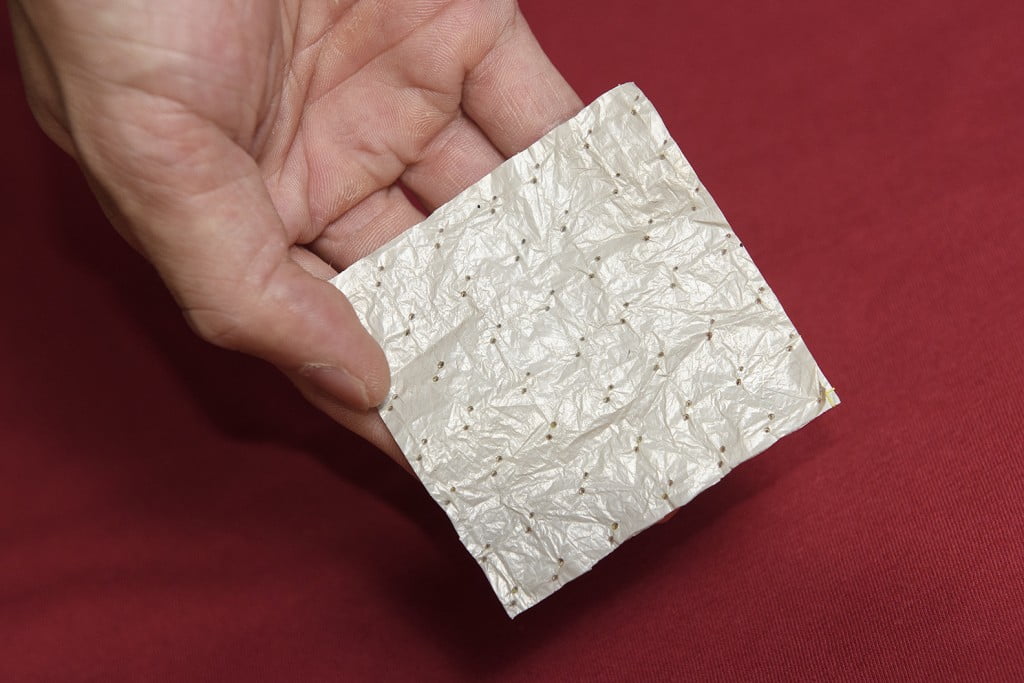
Whether it’s the skimpy tank top or moisture-wicking sports apparel, the human pursuit of cooler clothing has led to many an innovation.
Scientists at Stanford University added to that canon of research last weekwhen they revealed a plastic-based material that could be used to produce clothing that keeps our skin several degrees cooler than clothing made of cotton. Profuse sweaters, rejoice.
“What we want to achieve is to make humans feel comfortable,” said Yi Cui, a materials science and engineering professor at Stanford.
Here’s how the fabric was made: Researchers took an opaque variant of polyethylene, which is used to make clingy kitchen wrap, and exposed it to chemicals that allow water vapor to pass through it. They then combined two sheets of the treated polyethylene and one sheet of cotton mesh to create a fabric that has the strength and thickness expected of clothing.
And here’s how it keeps us cool: Our bodies release heat through sweat and infrared radiation. Any breathable fabric allows perspiration to escape, keeping us (relatively) cool and dry in the process. Infrared radiation, the stuff that makes us glow in night-vision goggles, gets trapped in our clothing and tends to warm the body. The polyethylene-based fabric developed by Stanford allows that radiation to escape as well.
In tests, a swatch of the material kept the skin’s surface 3.6 degrees cooler than cotton. The fabric has not yet been used to make full articles of clothing, though researchers intend to run additional tests with complete garments in the future.
Yi said researchers hope the material will eventually reduce our desire for air conditioning and, in turn, help save electricity. “It’s a lot more efficient to cool an individual person as opposed to a whole building,” he said.
But don’t expect fashion houses to build the new fabric into next summer’s line of apparel. The current iteration is, for lack of a better word, ugly. Researchers are working to add colors, improve the texture and amend other characteristics that would make the material more palatable for the fashion-conscious consumer.
[Source:-The Washington Post]







